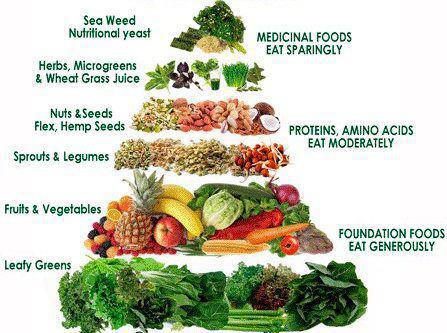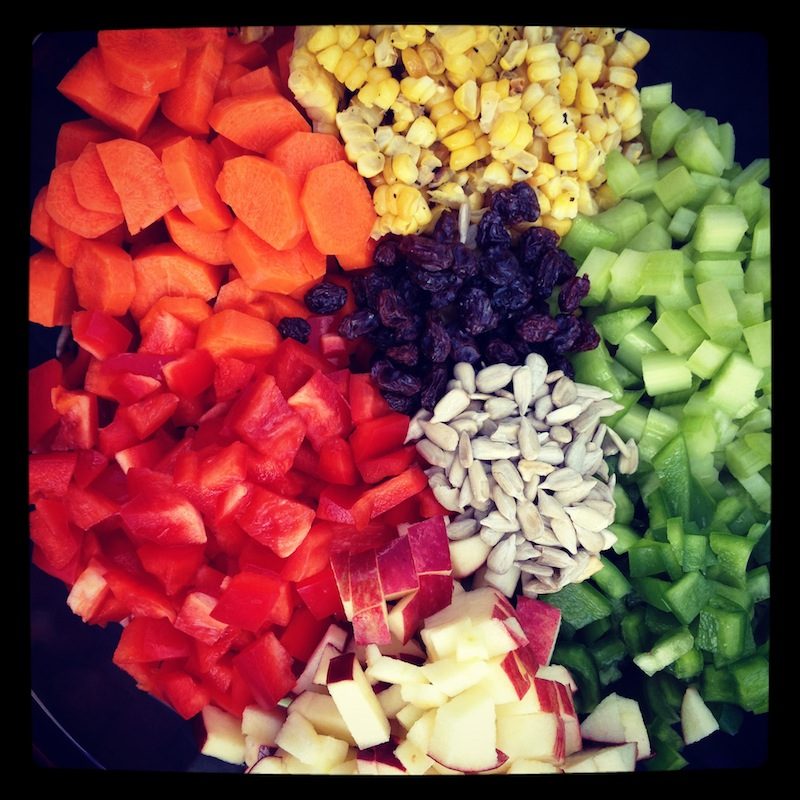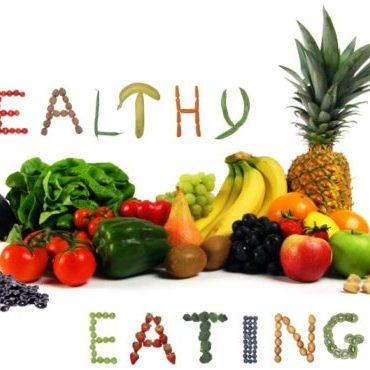 Do you need help staying away from sweet things?
Do you need help staying away from sweet things?
What can I have my child eat and drink to have healthy bones?
One of the most important nutrients for bone health is calcium. Getting adequate calcium during our younger years is vital to ensuring we store as much calcium as possible in our bones and reach our peak bone mass (generally achieved by the age of 25). Achieving peak bone mass can help reduce our risk of developing osteoporosis later in life.
The best way to ensure your child is getting adequate amounts of calcium is to look at the nutrient reference values for Australians. Osteoporosis Australia recommends different amounts of calcium depending on the age of the child:
Children ages 1-3 years 500mg
Children ages 4-8 years: 700mg
Children ages 9-11 years: 1000mg
Teenagers 12-18 years: 1300mg
Females adults under 50 years and males under 70 years: 1000mg
Females over 50 years and males over 70 years: 1300mg
One of the best sources of calcium in the diet is from dairy foods. A serve of regular milk (250ml) contains 285mg of calcium, 2 slices of cheddar cheese (40g) contains 327mg of calcium and a serve of plain yoghurt (200g) contains 390mg of calcium. Total calcium content from those serves of food equals 1002mg, the appropriate amount for a child aged 9-11 years. Lots of other foods also contain calcium, including things like apples (1 apple contains 7mg of calcium) and chicken (100g) contains 16mg of calcium. However, as you can see these foods have a very low level of calcium in them weight for weight than dairy foods.
If your child is lactose intolerant or dislikes dairy foods, it may be worth visiting an accredited practising dietician for individualised nutritional advice. Further information about bone health can be found at the Osteoporosis Australia website.
It is also important to ensure that your child has adequate levels of vitamin D in their body. Without adequate vitamin D stores, we are less efficient at absorbing calcium from the diet. Exercise also plays a role in bone health, so make sure your child stays active to help bones stay strong.
 How can I increase my iron levels? My endo said I need to increase my iron somehow so how do I increase my iron?
How can I increase my iron levels? My endo said I need to increase my iron somehow so how do I increase my iron?
I also suffer from inflammatory bowel disease (IBD) and concerned about taking iron tablets as I have heard it can cause constipation. I am not much of a meat eater either.
What other alternatives are there to increase my iron intake?
Simple ways to increase iron are to optimise diet sources (especially red meat), and to combine these with some vitamin c at the same time (vitamin c increases the absorption). Iron tablets can help to supplement diet sources. Many people get harder stools with iron: some get diarrhoea. They also commonly change the colour of the stool (to dark/black).There is increasing concern that oral iron supplements cannot be a good idea during active inflammation of the gut – they could contribute to this and exacerbate the inflammation. So, if the IBD is quiet and under control, you could try oral iron supplements. But if oral iron doesn’t help, or if it is contraindicated, then an iron infusion is the best option (this involves giving a large amount of iron into the veins over a period of time). This can boost iron stores for some time.
How do I lose weight and keep my diabetes under control?
The best way really would be to seek advice from a nutritionist or a dietician so you can get a tailored plan for you. Everybody is different in terms of their eating habits. The main thing is getting an eating plan that is designed to be energy-controlled, so you can lose weight. But also nutrient dense, so that while restricting your energy intake you can still ensure that your body is getting plenty of vitamins, minerals, antioxidants and the fibre that it needs to stay healthy.
Having this planned for you is a really good thing. Making sure that you’re choosing high fibre, low GI carbohydrates that have been minimally processed, will help keep you full for longer and a bit of appetite control. Choosing lean proteins and cutting fat off meats, and choosing low-fat dairy foods will help reduce your energy intake and keep you full.
Then, making sure that at every meal, as much as possible, you have a high intake of fresh vegetables, particularly green, leafy vegetables that are packed full of antioxidants and fibre that can help you feel full, and will also be great in terms of ensuring adequate nutrition for your body.
To lose weight or, more importantly, to reduce your waist circumference, aerobic activity such as jogging, swimming or boxing or any other activity that you enjoy should be completed at a moderate to high intensity for 20 to 30 minutes a day.
Aerobic activity is also good for diabetes. However, resistance exercises are also recommended, because this will assist to manage your blood glucose levels during the day. Resistance exercises should be completed at least three days a week on nonconsecutive days; and you should aim for eight exercises that incorporate major muscle groups. If you suffer from type II diabetes, an exercise physiologist should be consulted. They will be able to assist and explain the correct intensity and type of exercises appropriate to you.
 What is the link between high BMI (obesity) and increased risk of disease?
What is the link between high BMI (obesity) and increased risk of disease?
BMI is used as the standard to diagnose overweight and obesity because there are so many studies that show a link between BMI, the risk of several diseases and death.
As BMI increases, so does the risk for several conditions, including:
o Diabetes
o Cardiovascular disease
o Stroke
o Hypertension
o Gallbladder disease
o Osteoarthritis
o Sleep apnoea
o Some cancers
o Premature death
While the links between BMI and disease risk is clear, it is important to remember that it is only one of several disease risk factors. In other words, BMI cannot tell an individual that he or she will get a disease, only that his or her risk of developing the disease is increased.
BMI has some limitations. It tends to overestimate body fat in people who are very muscular and underestimate body fat in people who are highly sedentary. BMI also doesn’t show where the body fat is located. The abdominal fat carries the greatest health risk.
How do I develop the self-control to stay away from sweet things? I have a very sweet tooth and have trouble resisting chocolate! I’m finding it hard to find the motivation to only have one piece. What can I do to try manage my sweet tooth?
Curbing your cravings is very similar to that television ad to quit smoking – the more you exercise your self control, the stronger it will get… Like a muscle! While that is not very helpful in the early stages of controlling your sweet tooth, try these snacking tips:
1. Eat regular meals so that you are less likely to snack in-between meals (breakfast, lunch and dinner – even morning tea, afternoon tea and supper depending on your individual preference).
2. Change your state of mind from “I can’t have that” “I must avoid …” “….is bad for me” etc etc to more positive thinking :
“I’ll have a piece of that after dinner” or “I can have that chocolate bar but I choose not to…”
A balanced diet is about enjoying everything in moderation. Indulging in your sweet tooth is perfectly OK. What you need to watch is your PORTION and HOW OFTEN you indulge. If you go cold turkey on your sweet tooth you’re probably more likely to over-indulge and lose control when given the opportunity.
3. Buy portion controlled products so that you can’t over-eat. Eg. portion controlled ice-creams (~100g cups or individually wrapped ice-creams), regular sized chocolate bars (55g not the king-size) etc.
4. Start small. Slowly reduce the amount you are eating. Eg. If you have 5 chocolate bars a day (55g) and 1 litre of fruit juice, aim to reduce it to 2 chocolate bars and 1/2 litre of fruit juice to start with.
5. Don’t keep the temptation in the house if you know you’re not going to be able to control yourself.
6. Plan when you will have your ‘treat’. This helps some people control their cravings during the day as they have something to look forward to.
7. Choose ‘diet’ or ‘low kJ/calorie’ varieties – diet ice-cream, diet jelly etc.
8. Enjoy fruit based sweet treats – fruit salad, strawberries dipped in melted chocolate, sorbet etc.
Good luck!
For more information and tips on how to curb your cravings it may be worthwhile visiting an Accredited Practicing Dietitian.

